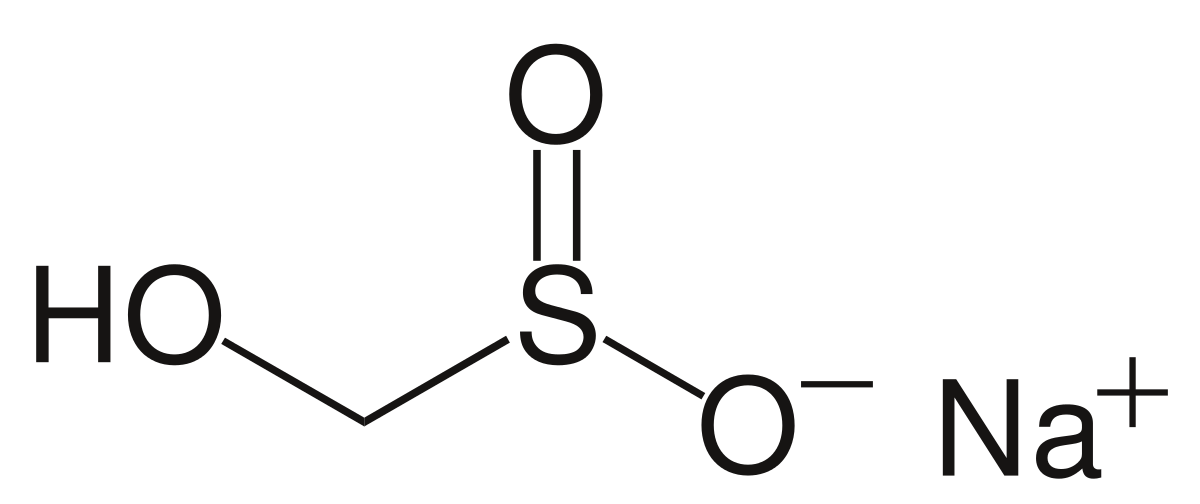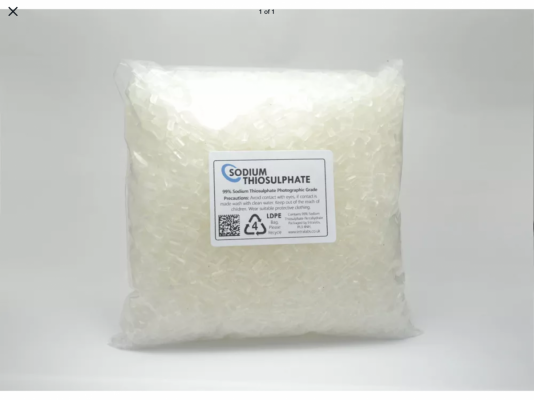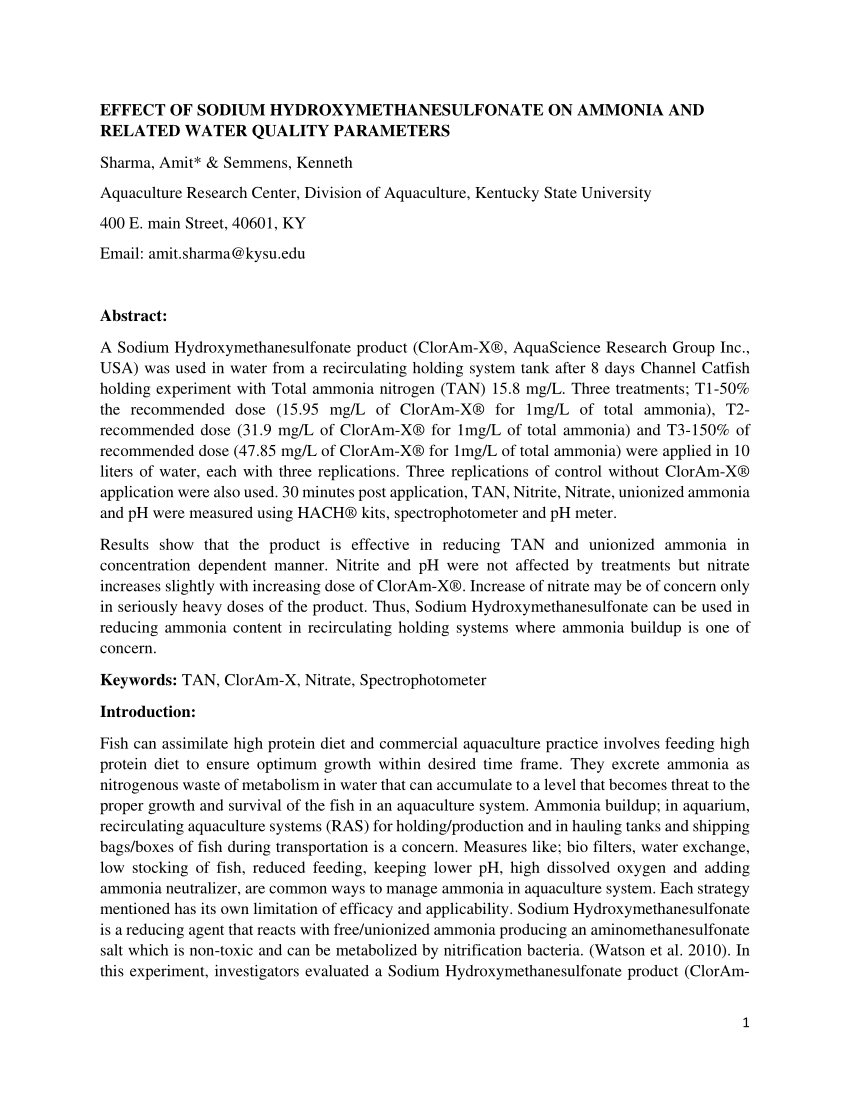Applicant Tiffani Furlough
Applicant Kevin A. Senkevech
Grantee Fritz Industries, Inc.
Primary examinerRobert A. Hopkins
Application number10854613KindB1Document number7097773
Applicant Kevin A. Senkevech
Grantee Fritz Industries, Inc.
Primary examinerRobert A. Hopkins
Application number10854613KindB1Document number7097773






















